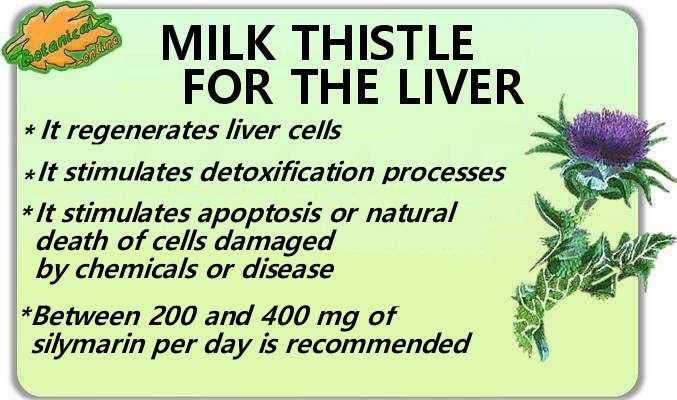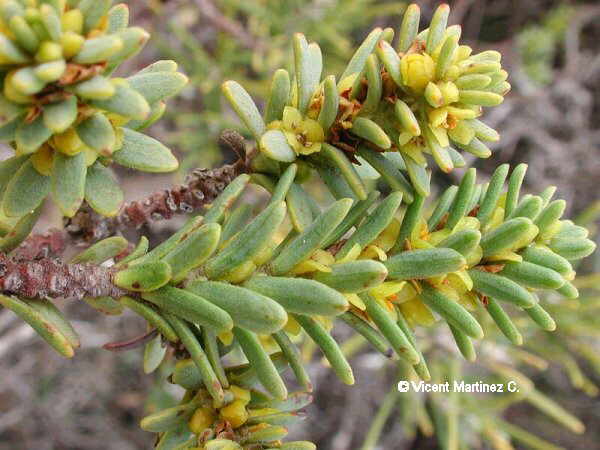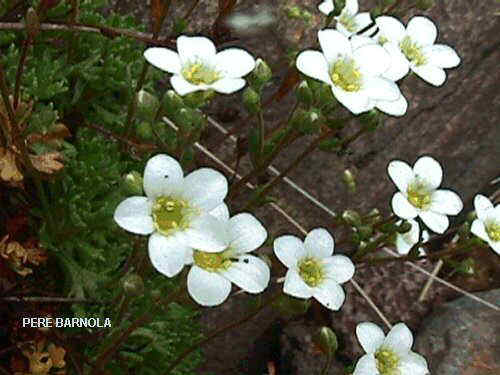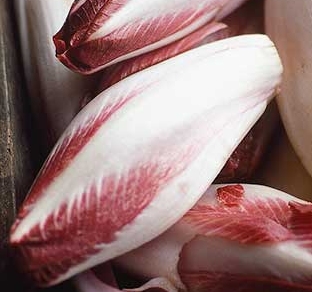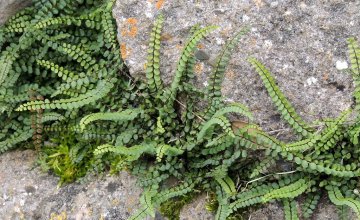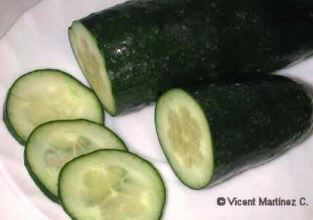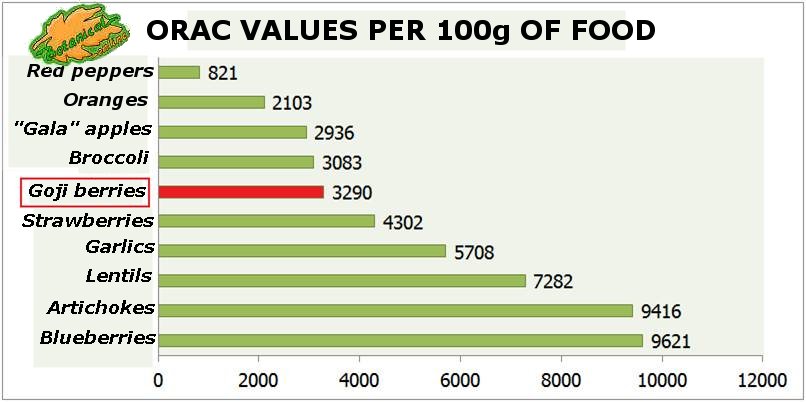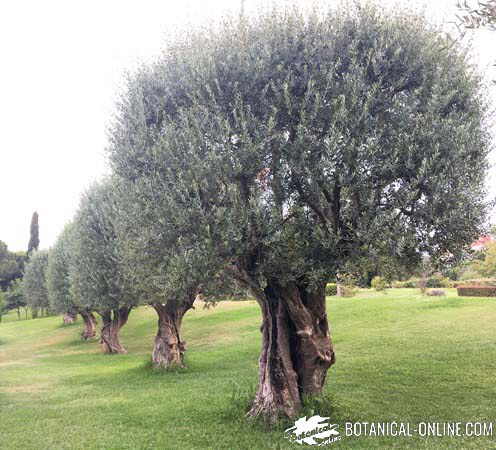Contents
Oak, holm oak and cork oak branch dieback
DISEASES OF THE TREES: CANKER OF BRANCHES IN OAK, HOLM OAK AND CORK OAK
What is the holm oak canker?
It is a fungal disease caused by fungi of the genus Diplodia sp. (Diplodia quercinea, Diplodia Quercus, Diplodia mutila) and Hypoxilum (Hypoxilum mediterraneum).
Among the most characteristic symptoms of this disease we have the yellowing and subsequent browning and fall of the leaves as well as the appearance of cankers and of elongated and circular cracks in the bark of the branches, or the appearance of shoots. (More information)
The affected branches get shorter as they dry. Below the wounds it can be seen that the internal wood presents a blackish coloration, symptom of the death of the tissues, which is known as carbonaceous chancre.
At first, the yellowing of the leaves produces symptoms similar to those caused by radical rot.
How is the canker of branches produced?
The infection usually occurs through wounds caused by accidents or poorly performed pruning and, especially with the use of infected tools when pruning other diseased trees.
It can also occur through the pores of the plant itself, when spores of the fungus are deposited by rain or by insects.
Causes of dry oak and cork oak
It is a type of disease that also affects , oaks and cork oaks and has been progressively extending from northern Europe to the south producing a large number of individuals. (It has also been found in California, affecting oaks planted near the coast)
Among the causes that have produced this disease, there are the following:
- Climatic changes produced in the last decades (increase of prolonged periods of droughts, momentary floods, etc.)
- Atmospheric pollution.
- Excessive use of insecticides
- Abandonment or poor cultivation practices (aging of trees, excessive grazing, neglect of pruning or abandonment of burning of infected branches, etc.)
All these factors have been able to influence the virulence of this fungus that has always been present but that in recent years has awakened to inflict enormous damage.
In Spain, it mainly affects Andalusia and Castilla la Mancha, not so much in Extremadura.
Prevention and treatment of the dry oak and cork oak
The treatment, based on injections of products with phosphorus, are only effective in the early stages of the disease and involve a very high economic cost, hence they are not viable.
There is no effective treatment for this disease.
The only options that can be provided is to adopt a more traditional type of cultivation to prevent this pathogen from spreading.
All this hoping to obtain new copies produced by genetic engineering that are more resistant to the disease.
![]() More information on holm oak.
More information on holm oak.

